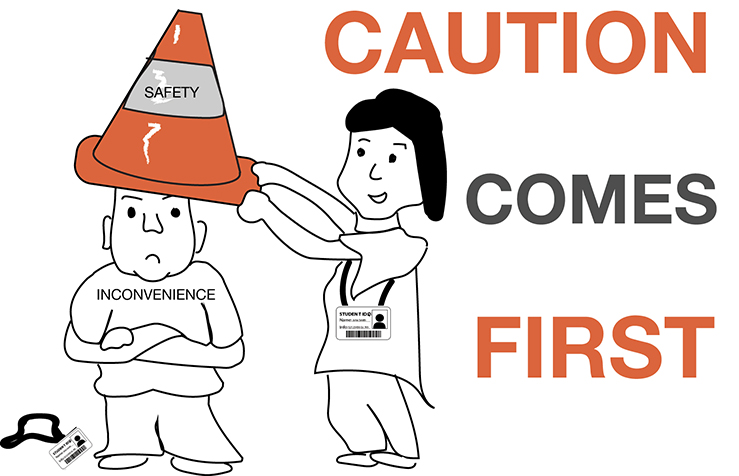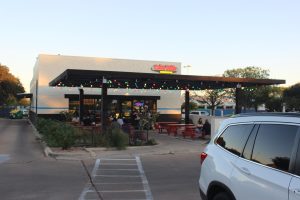New ID tags will bring safety to Bowie
June 15, 2018
Recently, an email was sent out informing staff about a potential security measure to increase the use of IDs around campus. The idea is that, starting next year, all students and staff will be required to wear lanyard-tied IDs. This is one of the district’s plans to increase security around campuses in Austin in response to recent school shootings around the country.
Although it might seem pointless initially, this new ID system will provide serious benefits that easily outweigh the initial annoyances, providing several security bonuses, function as useful tools, and could provide benefits to students outside of school. As such, this plan should be taken seriously and for good reason.
Before next school year, a student safety committee led by assistant principal Carla De La Rosa will meet to determine the best application of having students wear ID badges every day. Their central focus is identification. In case of an emergency, the IDs would be used to easily identify current Bowie students. In school shootings, such as the Parkland or Townville Elementary School shootings, the shooter was a former student who made his/her way into campus and starting firing. However, with the implementation of these new IDs, it suddenly becomes much easier to distinguish between current and former students in the case of an emergency.
If every Bowie student was to wear such an ID while on campus, the risk of potentially dangerous ex-students entering school grounds and causing harm becomes significantly lowered. In other words, you would be able to tell at a glance if someone didn’t belong on campus.
There is one prevalent issue with these new designs, however. One of the goals of this new ID system is to make it easy to distinguish between current and former students, but it might be possible for a former student with malicious intent to slip into the school with an ID they received back in their high school years. At first, this issue seems to negate the purpose of having these new IDs altogether, but there is a simple solution.
Each year, Bowie could change the design of the IDs enough to where it becomes easy to distinguish between last and next year’s IDs. This way, former students could not sneak onto campus using an ID they received during a previous year without standing out.
In addition to helping keep the campus safe, Bowie officials could also find practical uses for the badges. For example, the new ID system could provide students with various school-related benefits such as a lunch pass, a library card, or even as a tool to take attendance with every morning. Lunch lines can get pretty hectic in the cafeteria, often degrading into a disorganized mess of people jumping in and out of the line because of the slow process of checking out.
However, with the use of the IDs, the lunch line can be sped up by simply swiping the card through a machine rather than having to enter a code, thus; relieving some of the chaos from the lunch lines. Similarly, a swiping machine could be installed in the library to record the date and time of entry as well as any money that was spent printing, replacing our current system of manually recording everything down on a clipboard. Basically, school IDs would help to make our day-to-day operations run more efficiently.
These IDs could potentially become useful to students even outside of school if the community was to get involved. It’s possible that, in the future, local businesses such as the Randall’s or 7/11 near our school could provide student discounts when students present their IDs when checking out. This has happened for a university called “The New School”, where faculty and business managers worked together to create various student discounts in the stores surrounding campus so long as the student customer presented their ID when checking out.
Of course, this is only something that could potentially happen; there’s nothing anything beyond using them to identify current students. However, if as a campus the decision is made to use the badges more fully, this would be another reason to keep them around.
When it was announced that these new IDs were going to potentially be put in place, there were many rumors that began floating around campus. Some of these rumors included the need to scan to get into the school, the installation of ID door scanners outside of every classroom, and the placing of GPS tracking chips onto every ID given to students.
The goal of the new ID system is to protect and provide a service to students, not to bar-code and inconvenience them. The school administration doesn’t want to create problems with this proposal; they are looking for ways to make the school safe.
All in all, the new ID system would provide several benefits ranging from student services to security.










